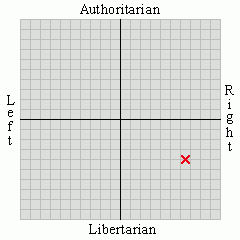A lesson in the dynamics of media response to protest
At least in the case of Marcus the sheep, the children seem to have more sense than the adults responding to the story. The most satisfying aspect is that the children seem to have learnt the intended lesson, about the origin of their food. I suspect some will also have a better idea of collective decision-making and even of media hype.
The last of these is of course where the evidence that the children are more intelligent or more aware than adults educated years ago breaks down.
Media hypes a self-selecting group of activists. People who support or accept the children’s decision do not make any fuss. This must be borne in mind when reading about any protest; the media coverage can be dominated by a self-selected few. Once the story is out there is social pressure not to be seen to disagree.
With the “overwhelming majority” of the children at the school who had a say in the fate of Marcus favouring selling him for meat I strongly suspect the same is true of adults reading the story. Even of those that would have chosen differently themselves it seems likely that many would support the children’s decision. That is, however, completely irrelevant in how the story is presented. Only the adults who object to Marcus’s slaughter matter, because the story is about them, not about the sheep.
Is there a term ‘meta-irony’, for describing the fact that ironical satirist Paul O’Grady fails to see irony in campaigning to save a sheep from slaughter when the idea of the project was to teach the children about the origins of food, and the result of the open vote shows the success of that project?




0 comments:
Post a Comment